ReconArt – Not Just a Buzz Word
Introducing ReconArt to a prospective client for the first time is always an exciting experience. No matter whether we are talking to a multi-billion dollar bank considering hundreds of users to accommodate highly complex processes, or a startup looking for a couple of users to handle a time-consuming account reconciliation, we gear up for our first-time encounter with the same enthusiasm and curiosity.
This is the time when we learn about our future client: who are they and what do they do? Their customers see an innovative online e-commerce marketplace, or a disruptive peer-to-peer loan provider, or their home city government, or a fair trade jewelry retailer, or their neighborhood bank, or trusted insurance carrier.
We see them from the other side, a bit like opening a machine and seeing all the gears and moving parts that make up the whole. We get the opportunity to dive right into some of their most intricate processes that occur totally behind the curtains of their business, product, or service. Yet, these reconciliation and financial close management processes are an essential part of their skeleton, potentially affecting their profits, their ability to grow, their financial control and integrity, their reputation, the productivity and happiness of their employees, the peace of mind of their leaders.
So, what do they struggle with? What are their ambitions and dreams? And, of course, the key question: how can we help?

And these are not checkboxes to be ticked in some scripted, artificial sales cycle or just buzzwords we throw around to stand out and be remembered. These messages reflect our core values that infuse everything we stand for and work for. The skeptics might smirk and call ‘sales pitch’, but we are serious about this. We want to be and are that trusted partner that brings real value in the long-term.
Cutting edge functionality.
What does this actually mean? How do we know our technology is truly the most up-to-date on the market?
We know because we listen – to both prospective and existing clients. When we jump on an intro demo/discovery, we dig into every opportunity to find out about the business process at hand and really understand it. When an existing client brings up a need that reflects best practices, we embrace the opportunity to enhance the product for the benefit of all users.
There is no better way to anticipate and respond to the constantly evolving market needs than to ‘forget’ everything we think we know, and listen to the people who live and breathe these processes every day. Of course, there has to be a practical side in order to transform that knowledge into product – which is why maintaining reinvestment into the product and an extremely agile development process will always remain top priorities for ReconArt.
Vibrant, evolving product.
The business and technology world is constantly changing. What is cutting edge today must constantly evolve to remain so or quickly become obsolete – even in a niche and finite field like reconciliation and financial close.
In practical terms, we apply the above in a variety of ways. At any given time, there are a number of focused development efforts going on at ReconArt, often in partnership with an existing Client. We are not talking about customizing code, rather constantly expanding best practice functionality for all users led by real-world business scenarios.
Separately, we are constantly soliciting feedback from system users directly from within the application, gathering an on-going stream of real-time suggestions. On top of all this, we are in a state of perpetual roadmap development to prepare for our two annual major releases. So when we enthusiastically respond “That’s actually coming up!” to a functionality question, we don’t mean ‘some day’ – we mean, at most, a very few months from now.
Strategic fit.
It is great that more and more often these days, in addition to functional needs, we hear people saying: “We want a good partner.” In some ways, demonstrating functionality is much more straight-forward. We often conduct Proof-of-Concept demonstrations and eliminate any existing question marks by showing a prospective client their processes flowing through the system. The expectations are concise and defined; the results quickly and easily delivered.
You don’t really find out whether you have a good partner until later on in the game. The only testament to whether you have succeeded to deliver what you promised is the “happiness” of existing clients. We want our clients to be our happy partners, allowing us to learn from them, work with them and share with them on a level that enables collaboration, creativity, and mutual benefit.
Scalability.
This concept can mean very different things to different people. The accountant at the e-commerce start-up might be thinking “We are expecting massive growth. Can you handle rapidly growing volumes? Will our growth impact our pricing?” The Operations or IT department at an insurance company might wonder “What happens when Finance wants to add a new process, with their own unique data formats and business logic? Will we have to do it for them?” The compliance team at a multi-national manufacturing company might ask “We grow through acquisitions, how will you cost new users and can we onboard them easily?”
To ease all these concerns, a truly scalable solution must offer enterprise-class, powerful functionality packaged in a modern, business-user driven interface. It should empower teams to own their processes end-to-end, which in turn should support the growth and future of the organization as a whole – whatever it may be.
By openly discussing these concepts early on, we are opening the door to our home and inviting our future clients to really get to know us. By their reaction and feedback to these points, we get to know them. We both – as partners- find out we are motivated, excited, and inspired by the same things.
Geri Davies is ReconArt’s Vice President of Client Success based in the company’s Alexandria, VA head office. By working closely with ReconArt’s sales and delivery groups, she ensures the intricate cross-team collaboration that contributes to ReconArt’s place as a leading provider of reconciliation and period close technology. Geri can be contacted at geri.davies@reconart.com.

 follow our blog
follow our blog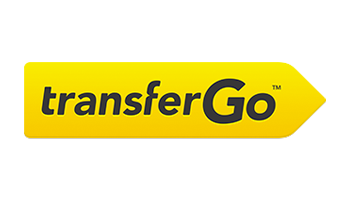
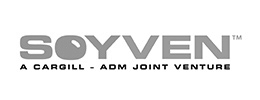

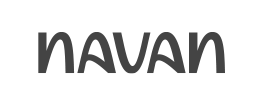
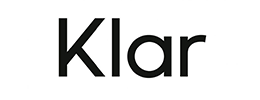



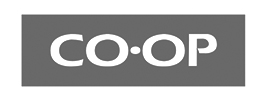

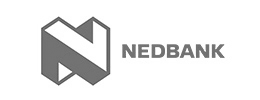


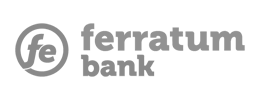
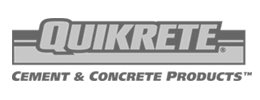

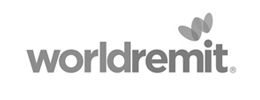






 Quick response
Quick response

